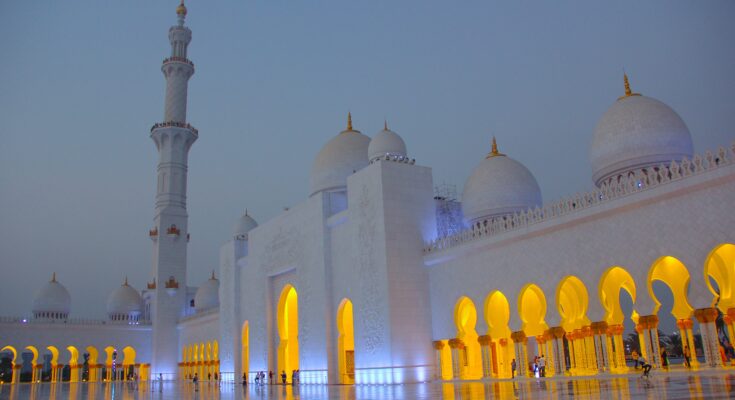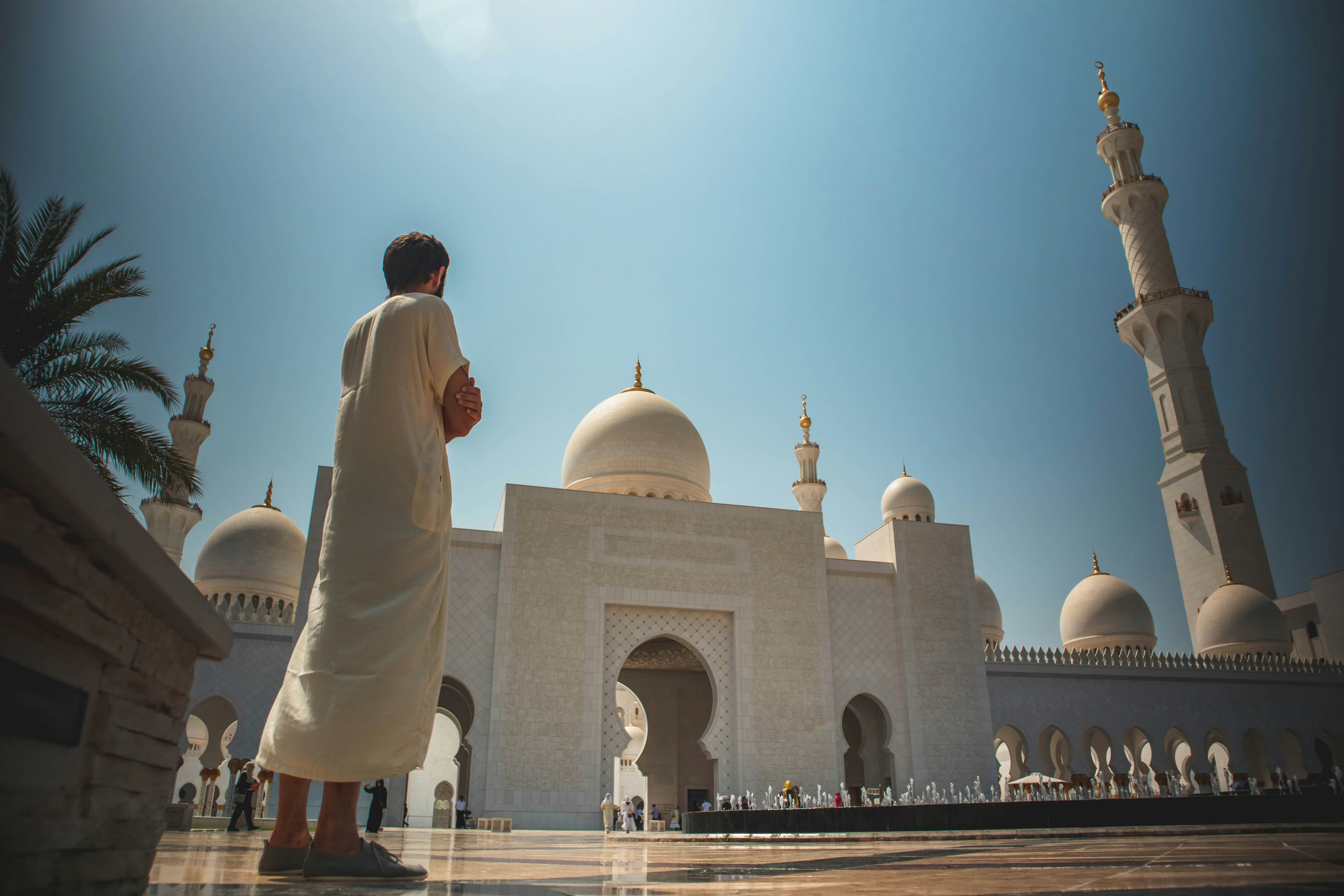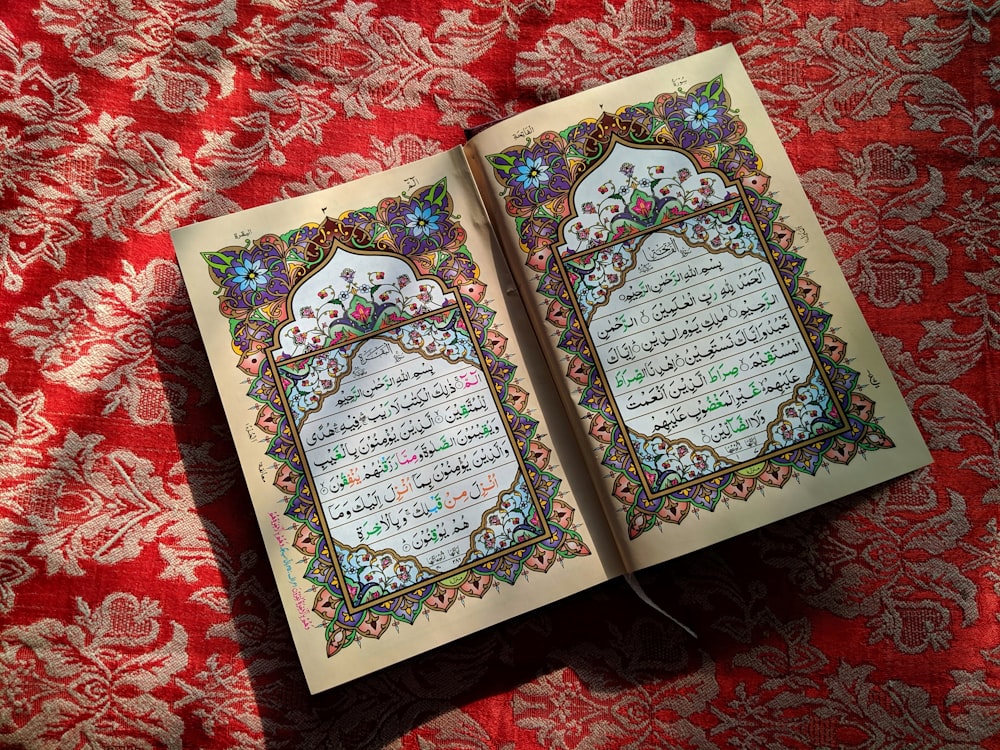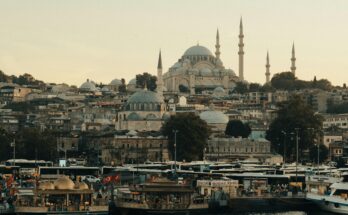Islamic civilizations: A Historical Account
The Islamic Civilization, spans nations and polities from Central Asia to sub-Saharan Africa. And from North Africa to the western edge of the Pacific Ocean, is an amalgam of many different cultures both now and in the past.
During the seventh and eighth century CE, the broad and encompassing Islamic Empire was established. It united through a series of conquests with its neighbors. That first unity broke up in the ninth and tenth centuries. But it continued to exist and thrive for over a millennium after that.
Over the time: Islamic civilizations
Image via Unsplash.com
Islamic states developed and collapsed during this time, embracing and integrating various cultures and peoples, creating and sustaining enormous trading networks, and erecting magnificent cities. Great developments in philosophy, science, law, medicine, art, architecture, engineering, and technology were also brought about by the empire.
The Islamic faith is a fundamental component of the Islamic empire. Today’s Islamic branches and sects all support monotheism, despite differences in doctrine and politics. One could consider Islam to be a reform movement that emerged from monotheistic Judaism and Christianity in certain ways. That rich blending is reflected in the Islamic empire.
Into the history: Islamic civilizations
Under the leadership of the Byzantine emperor Heraclius (d. 641), the Byzantine Empire began to spread out of Constantinople, or modern-day Istanbul, in 622 CE. Heraclius waged multiple operations against the Sasanians, who had been controlling large portions of the Middle East, including Jerusalem and Damascus, for almost ten years. The goal of Heraclius’ war, which was really a crusade, was to expel the Sasanians and establish Christian dominion over the Holy Land.
A man by the name of Muhammad bin ‘Abd Allah (c. 570–632) was beginning to preach in west Arabia a different, more radical form of monotheism during Heraclius’s ascent to power in Constantinople: Islam, which means literally “submission to the will of God.”
Muhammad: Founder of Islam
Image via Unsplash.com
According to tradition, Muhammad was given the first verses of the Quran by Allah through the angel Gabriel around 610 CE. In 615, a group of his devotees had settled in Mecca, Saudi Arabia, the site of his birth.
Muhammad belonged to a middle clan in the prestigious Quraysh tribe in Western Arabia, but his family was one of his biggest rivals and opponents, viewing him as little more than a sorcerer or fortune teller.
Muhammad’s hegira (return journey) to Medina, located in Saudi Arabia, began in 622 after he was driven from Mecca. He bought a piece of land, constructed a modest mosque with flats next to it, and was welcomed by the local followers.
As Muhammad gained more political and religious influence, the mosque became the first location of the Islamic government. He also created trade networks and drew up a constitution, setting himself distinct from his Quraysh relatives.
Umayyad Dynasty
Following ‘Ali’s death in 661, the Umayyads took over Islam and ruled it for the ensuing many centuries. Mu’awiya was the first person in queue. He ruled for ninety years, followed by his heirs. Among their many notable distinctions from the Rashidun was their belief that they were the supreme authorities of Islam, answering solely to God. They referred to themselves as Amir al-Mu’minin, or Commander of the Faithful, and God’s Caliph.
When the Arab Muslims began to conquer the old Sasanid and Byzantine lands, Islam became the dominant religion and culture of the area, and the Umayyads came to power. The new society combined Arabic and Islamic identities, and its capital was shifted from Mecca to Damascus in Syria. Despite the Umayyads’ desire to isolate the Arabs as the superior ruling class, this dual identity emerged.
Abbasid revolt: Islamic civilizations
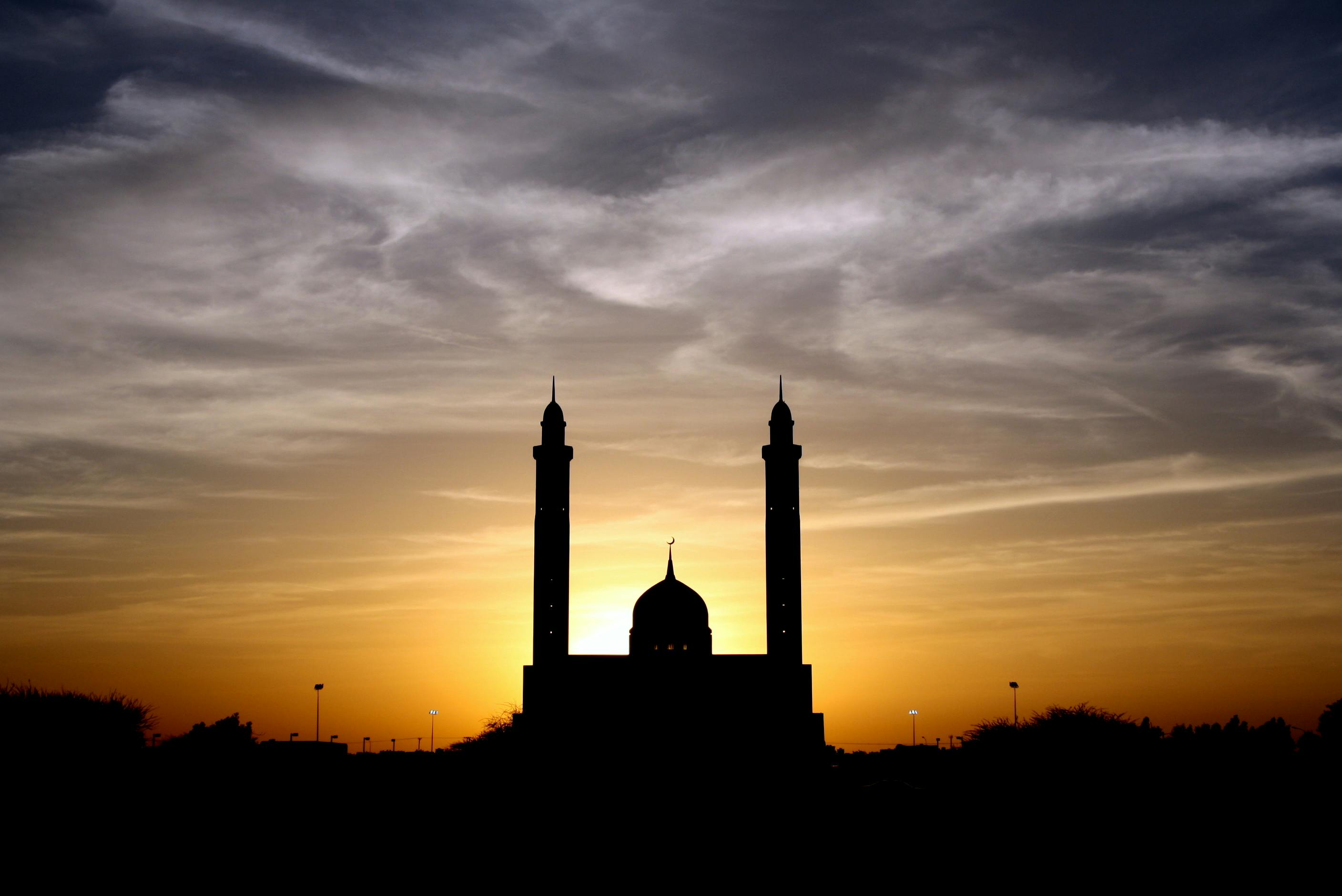
Image via Pexels.com
The ‘Abbasids called their overthrow of the Umayyads in 750 “a revolution” (dawla). Perceiving the Umayyads as an exclusive Arab dynasty, the ‘Abbasids aimed to take the Islamic community back to the Rashidun era. Their aspiration to establish universal governance as emblems of a single Sunni community.
They accomplished this by emphasizing their ancestry from Muhammad’s family rather than that of his Qurayshite forebears. They moved the caliphate’s center to Mesopotamia, establishing Baghdad as the new capital under the caliph ‘Abbasid Al-Mansur (r. 754–775).
Mongol invasion: Islamic civilizations
Depleting resources and internal pressure from newly independent dynasties in formerly ‘Abbasid areas meant that by the early 10th century, the ‘Abbasids were already in difficulty and the empire was collapsing. Ayyubids (1169–1280) and Fatimids (909–1171) in Egypt, the Buyids (945–1055) in Iraq and Iran, and the Samanids (819–1005) in eastern Iran were some of these dynasties.
The Seljuks, a dynasty of Turkish Sunni Muslims, governed the empire from 1055 until 1194, when it was reverted to ‘Abbasid power. The Seljuks had overthrown the Buyid caliph al-Mustakfi in 945. The ‘Abbasids’ were driven out of the realm in 1258 when the Mongols stormed Baghdad.
Mamluk sultanate
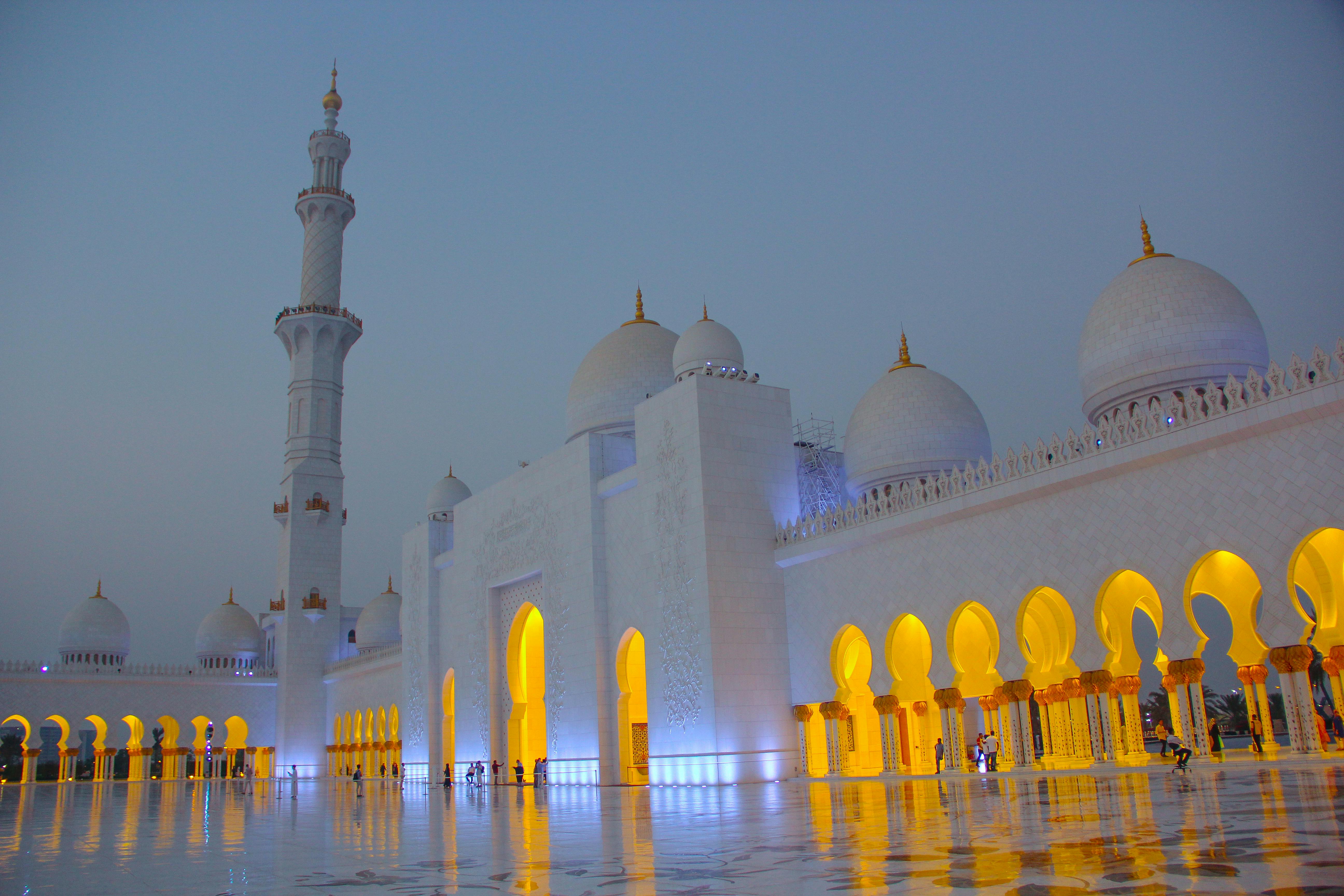
Image via Pexels.com
The Mamluk Sultanate of Egypt and Syria came next. This family’s origins were in the Ayyubid confederation, which Saladin established in 1169. The first Mamluk ruler of the Islamic empire, Baybars (1260–1277), killed the Mamluk Sultan Qutuz after he fought the Mongols in 1260.
Baybars proclaimed himself sultan and governed the Islamic empire’s eastern Mediterranean region. Long-lasting conflicts with the Mongols persisted until the middle of the 14th century. But under the Mamluks, Cairo and Damascus rose to prominence as academic and commercial capitals for global trade. In 1517, the Ottomans, in turn, overthrew the Mamluks.
Ottoman empire
About 1300 CE, a small principality on ancient Byzantine territory gave rise to the Ottoman Empire. During the next two centuries, the Ottoman empire expanded, bearing the name of the first emperor, Osman I (1300–1324). After defeating the Mamluks in 1516–1517, Ottoman emperor Selim I added Mecca and Medina to his kingdom, effectively tripling its size. As the world grew closer and more modern, the Ottoman Empire started to lose ground. When World War I ended, it was declared to be over.
USEFUL LINKS:
Click here to know more about the Islamic civilization
Know about the creation, evolution and origin of religion here
Should the Government control the Internet?

